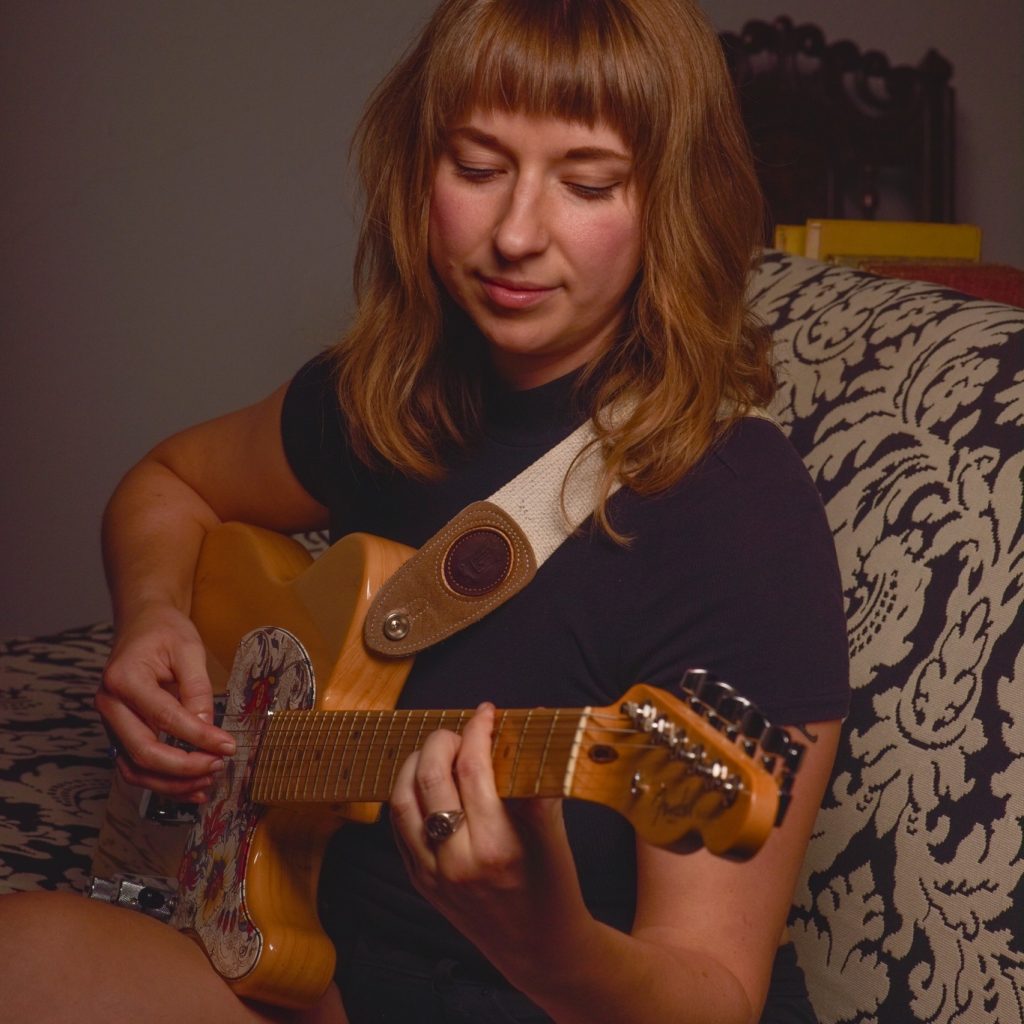by Jarrett Hoffman

•Tonight: Cleveland Orchestra with Mäkelä part two & Canton Symphony with singer-songwriter Bethany Joy (pictured)
•News: COYO applications open & program changes from The Cleveland Orchestra
•Almanac: Alban Berg, integrating tonality & serialism
HAPPENING TODAY:
There are two options for you tonight, both at 7:30 pm. Members of the Canton Symphony will join Cleveland-based indie soul/jazz singer-songwriter Bethany Joy at Zimmermann Symphony Center as part of the orchestra’s Divergent Sounds series — tickets here. Meanwhile guest conductor Klaus Mäkelä and The Cleveland Orchestra will play Unsuk Chin’s SPIRA – Concerto for Orchestra and Gustav Mahler’s Symphony No. 5 at Severance Music Center. Read a preview article about that program here, and get tickets here.
NEWS BRIEFS:
The Cleveland Orchestra Youth Orchestra is now accepting applications for its 2023-24 season. “Instrumentalists from area middle and high schools who study privately and participate in their school’s music program — and are prepared to commit to an ambitious rehearsal and concert schedule at Severance Music Center — are invited to audition,” the ensemble announced in a press release. Applications must be received by March 25, and auditions will take place in May. More details here.
And The Cleveland Orchestra has announced updates to three upcoming programs. For the March 9-12 program, the percussion concerto by Johannes Maria Staud (a Cleveland Orchestra co-commission that was set to receive its world premiere) has been replaced by Richard Strauss’s Metamorphosen. For the March 30 – April 1 program, Sibelius replaces Sibelius: the “Suite No. 1” from The Tempest will take the place of the Six Humoresques. And for the April 27-29 program, one composer’s Symphony No. 2 replaces another’s: Bohuslav Martinů is out, and Julius Eastmann is in. See the Orchestra’s concert calendar for more programming details.
TODAY’S ALMANAC:
Austrian composer Alban Berg was born on this date in 1885. A prominent member of the Second Viennese School — along with his teacher Arnold Schoenberg — he is nevertheless seen in a different light from Schoenberg. As Daniel Hathaway wrote in a previous almanac, “Berg is credited with humanizing his mentor’s 12-tone compositional system, overlaying it with a veneer of expressive Romanticism.”
Some of Berg’s music shows him even working to integrate tonality and serialism. A great example is the Violin Concerto, including in his tone row — the particular and recurring sequence of notes serving as the basis for the composition. In this case it begins with G and continues with B-flat, D, F-sharp, A, C, E, G-sharp, B, C-sharp, E-flat, and F.
Among the results of that sequence, it outlines four triads: G minor (G, B-flat, D), D Major (D, F-sharp, A), A minor (A, C, E), and E Major (E, G-sharp, B).
That’s just one small window into this great piece that sadly was premiered four months after Berg’s death from sepsis at age 50. Perhaps it is sadly fitting then that the Concerto itself is meant to represent life followed by death and transfiguration — Berg dedicated it “To the memory of an angel” after the passing of the 18-year-old daughter of Alma Mahler and Walter Gropius.
Listen here to a 1940 recording by Artur Rodzinski and The Cleveland Orchestra, joined by violinist Louis Krasner.
Bethany Joy photo by James Cooper




